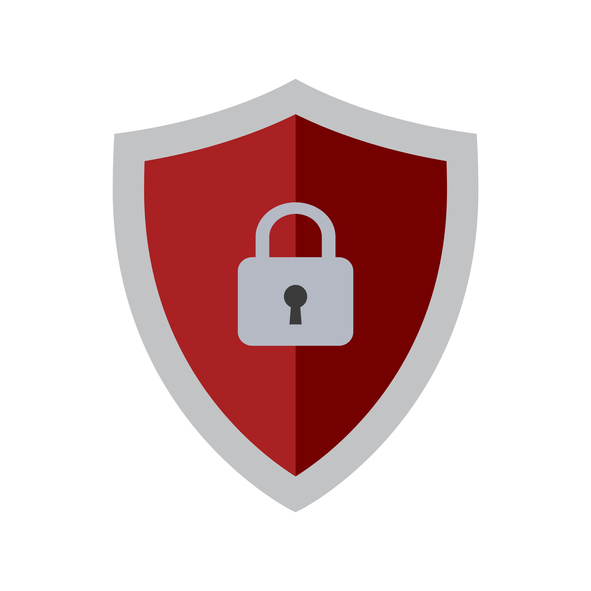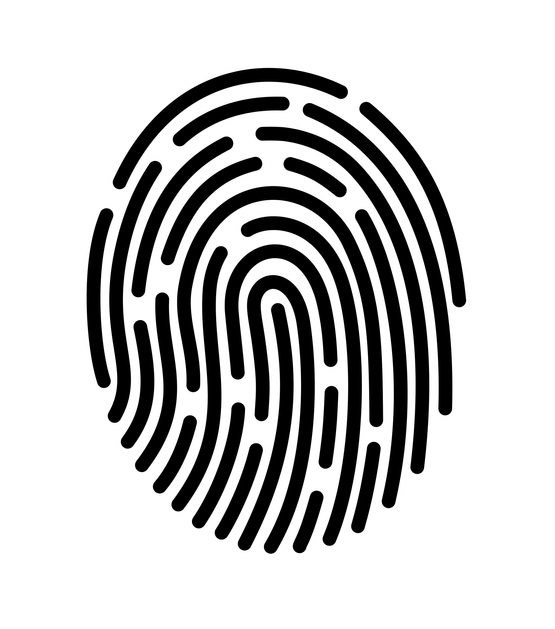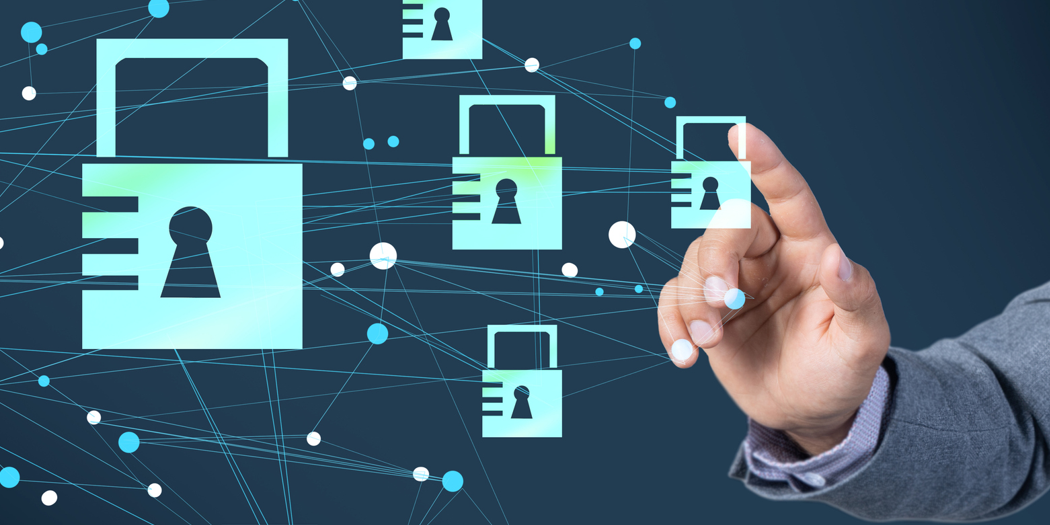It seems every day there’s more bad news in the world of cyber security. Data leaks, malicious apps and phishing attacks are a reality in the digital age. This year alone, over 17 million people were victims of identity theft—a record-high for the second year in a row, according to the Insurance Information Institute.
With so much of our lives online, protecting against identity theft isn’t easy. Fortunately, there are steps you can take to minimize the risk.

Beware of imposters
Don’t give out personal information on the phone, in the mail or over email unless you know for sure who you’re speaking with. If you receive an email requesting personal information, don’t click on any links—instead, contact the company’s customer service department through its website.

Check your credit score
Request a credit report every so often to make sure no one has opened any credit cards or loans in your name. If you see any transactions you don’t recognize, report them immediately.

Wipe your devices
Make sure to delete all personal information before getting rid of computers and mobile devices. Override the hard drive on your computer, and look up how to delete information permanently on your mobile device. This may require referencing the owner’s manual, manufacturer’s manual or service provider’s website.

Safeguard your shopping
When making transactions online, look for the lock icon in the status bar of your browser, which denotes that encryption software is in use. This type of software scrambles information, making for a safer transmission of information.

Use strong passwords
Get creative when choosing your passwords—the more unusual they are, the more secure they will be. Create an acronym from a phrase that’s easy to remember, or substitute letters with numbers.

Don’t overshare on social media
Posting your full name, phone number or other identifying information puts you at risk of identity theft. Limit who you share personal information with, as it could be used to answer security questions and gain access to your accounts.

Delete suspicious emails
If you receive any email from a stranger, don’t open it or click on any links—it could expose you to a phishing virus or spyware that captures information as you type it.

Know the signs
If you notice false information on your credit reports, receive credit cards in the mail that you didn’t apply for or get notices for things you didn’t buy, contact your creditor.
How AAA Can Help
AAA helps make identity theft protection easier with ProtectMyID®, which provides daily monitoring of your credit reports, lost-wallet protection and more. For more information, visit aaa.com/ExperianIDtheft, talk to a AAA Insurance agent or visit your local branch office.



